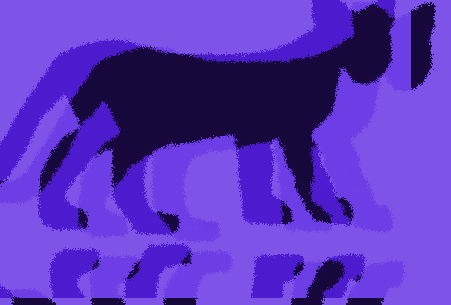In the famous Schrodinger’s cat thought experiment from 1935, a cat is locked in a box together with a poison released by radioactive decay. As long as the box is closed, you do not know whether the cat is alive or dead. In quantum physics, being in two different states at the same time is known as a superposition state.
Chen Wang, Yale University, New Haven, CT, USA, and colleagues have generated a new, exotic version of the Schrödinger’s cat. Their cat is constructed from coherent microwave photons. The team created two aluminum cavities about 2.5 cm across (two boxes). In these cavities, they created a standing wave of light using a sapphire chip (two cats).
Both cavities are bridged by a superconducting ion bridge, a so called Josephson Junction. It was used to superimpose a standing wave of two separate wavelengths of light in each cavity. As a result, a group of about 80 photons in the cavities oscillated at two different wavelengths at once and in two different places. This means, the team realized a two-mode cat state of electromagnetic fields in two microwave cavities bridged by superconducting artificial atoms. In other words, Schrödinger’s cat is at the same time in two boxes either alive or dead.
The ability to share quantum states in different locations could revolutionize quantum computing. The next step for the team is to scale up their experiment so it can be applied to an actual quantum computer.
- A Schrödinger cat living in two boxes,
Chen Wang, Yvonne Y. Gao, Philip Reinhold, R. W. Heeres, Nissim Ofek, Kevin Chou, Christopher Axline, Matthew Reagor, Jacob Blumoff, K. M. Sliwa, L. Frunzio, S. M. Girvin, Liang Jiang, M. Mirrahimi, M. H. Devoret, R. J. Schoelkopf,
Science 2016, 352 (6289), 1087–1091.
DOI: 10.1126/science.aaf2941




